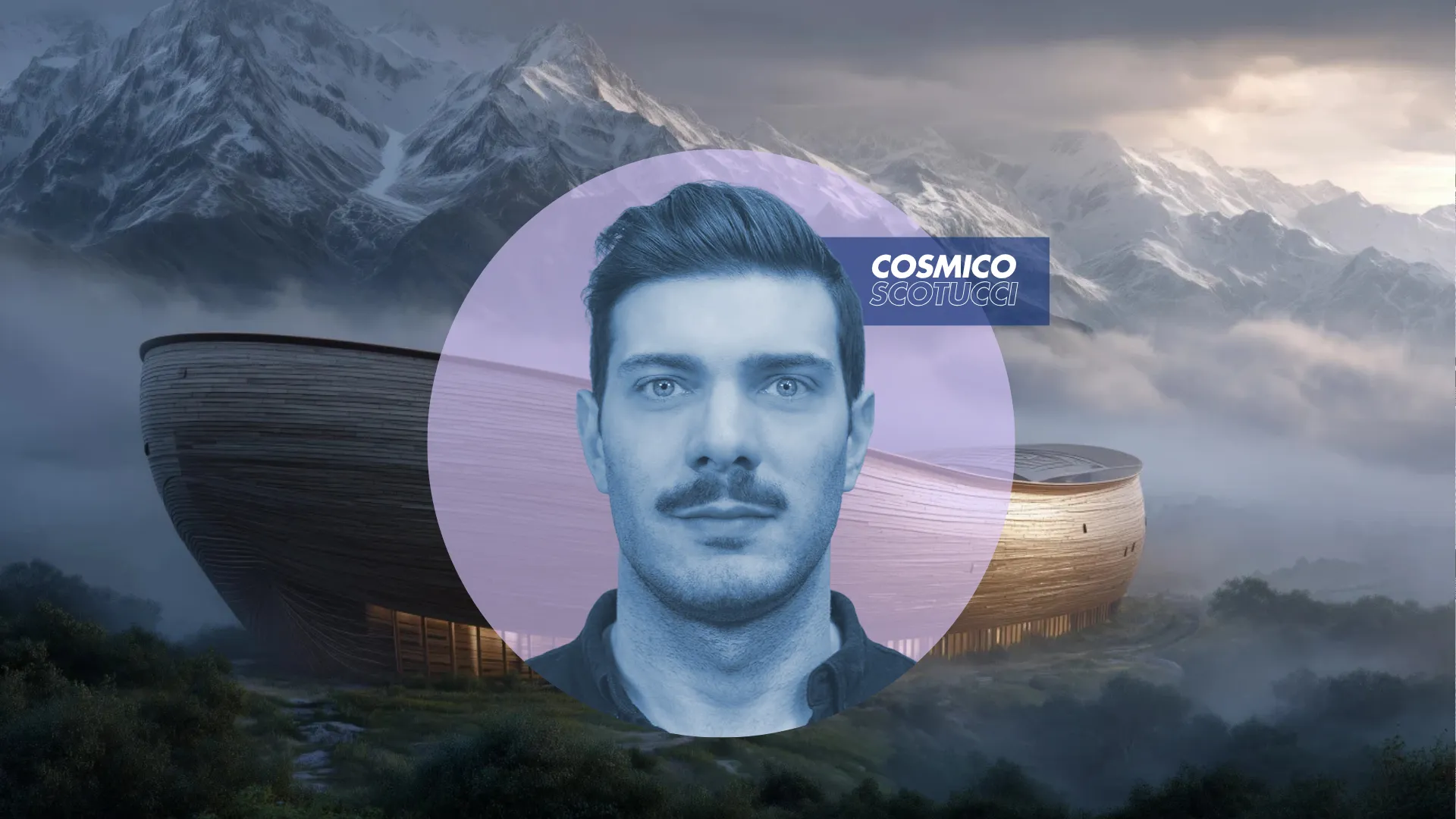
Rotterdam-based architect and artist Cosimo Scotucci calls himself a maker of tomorrow, a fitting phrase for someone who sees design not merely as form or function, but as a vehicle for empathy, resilience, and collective imagination. His practice unfolds across scales and disciplines, from architecture and urbanism to installation and social design, united by a belief in architecture’s power to inspire change and foster inclusivity.
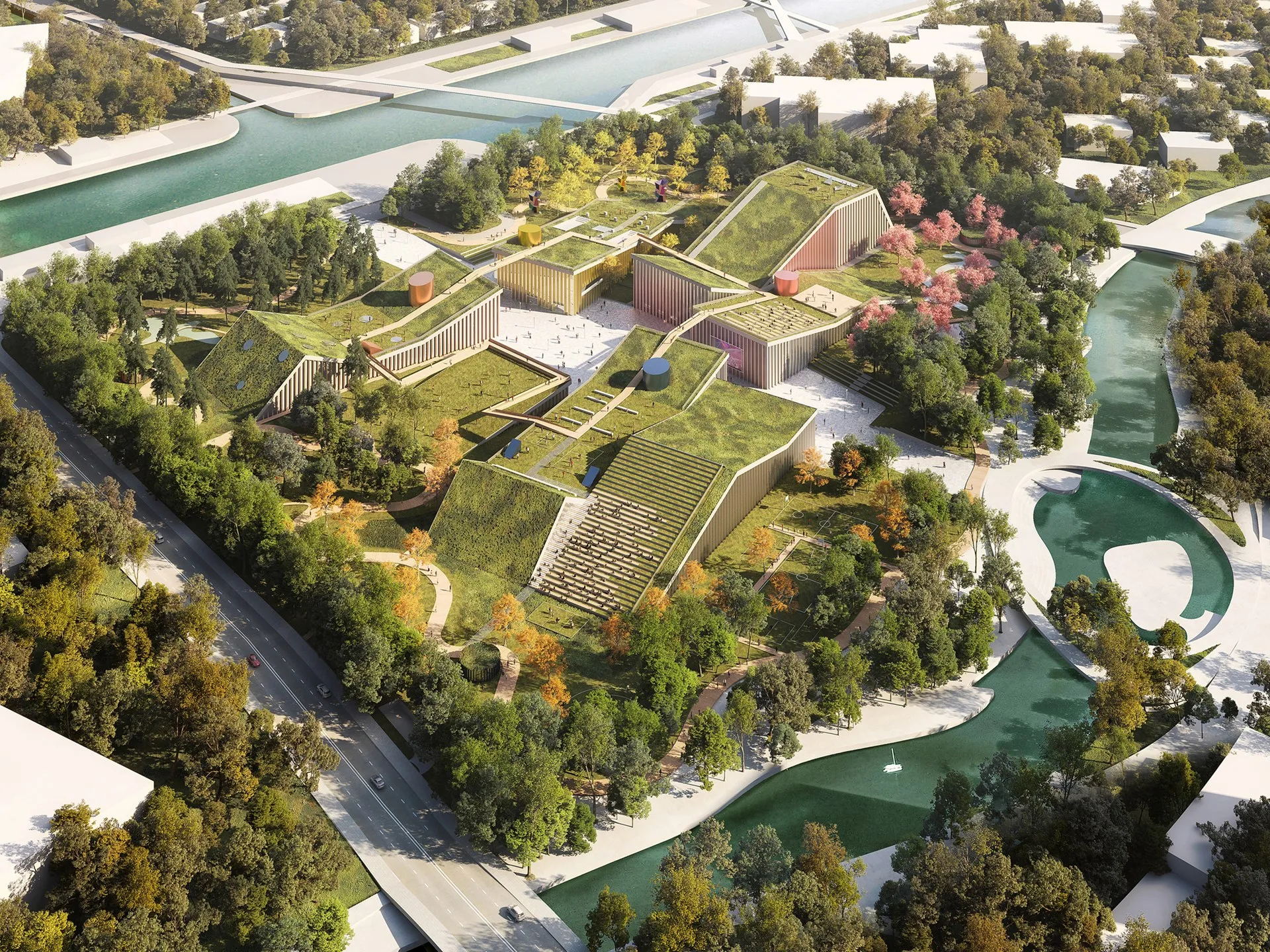
For the past eight years, Scotucci has served as Senior Project Leader and Architect at MVRDV, one of the world’s most influential studios of experimental urbanism. He has helped shape major cultural and civic projects across Asia, including the Wuhan Library, a civic hub designed to nurture connection and learning; the Taoyuan Museum of Art in Taiwan, which intertwines art and community; and the NIO House in Chongqing, a space that explores the intersection between technology and daily life.
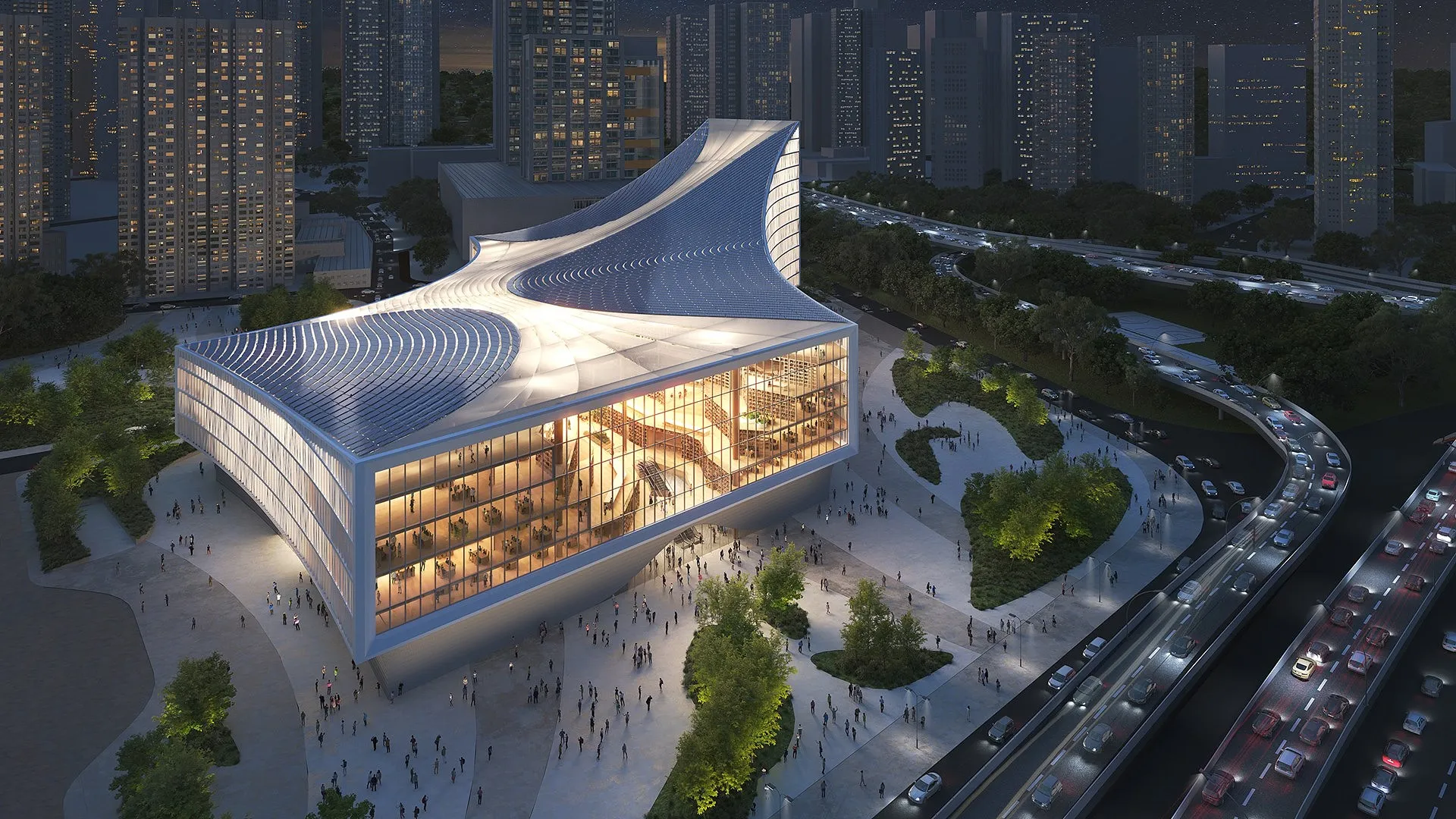
He also contributed to the Zhangjiang Future Park in Shanghai. Across these diverse projects, Scotucci has guided complex designs from concept to completion with a consistent focus on human experience, sustainability, and urban inclusivity.
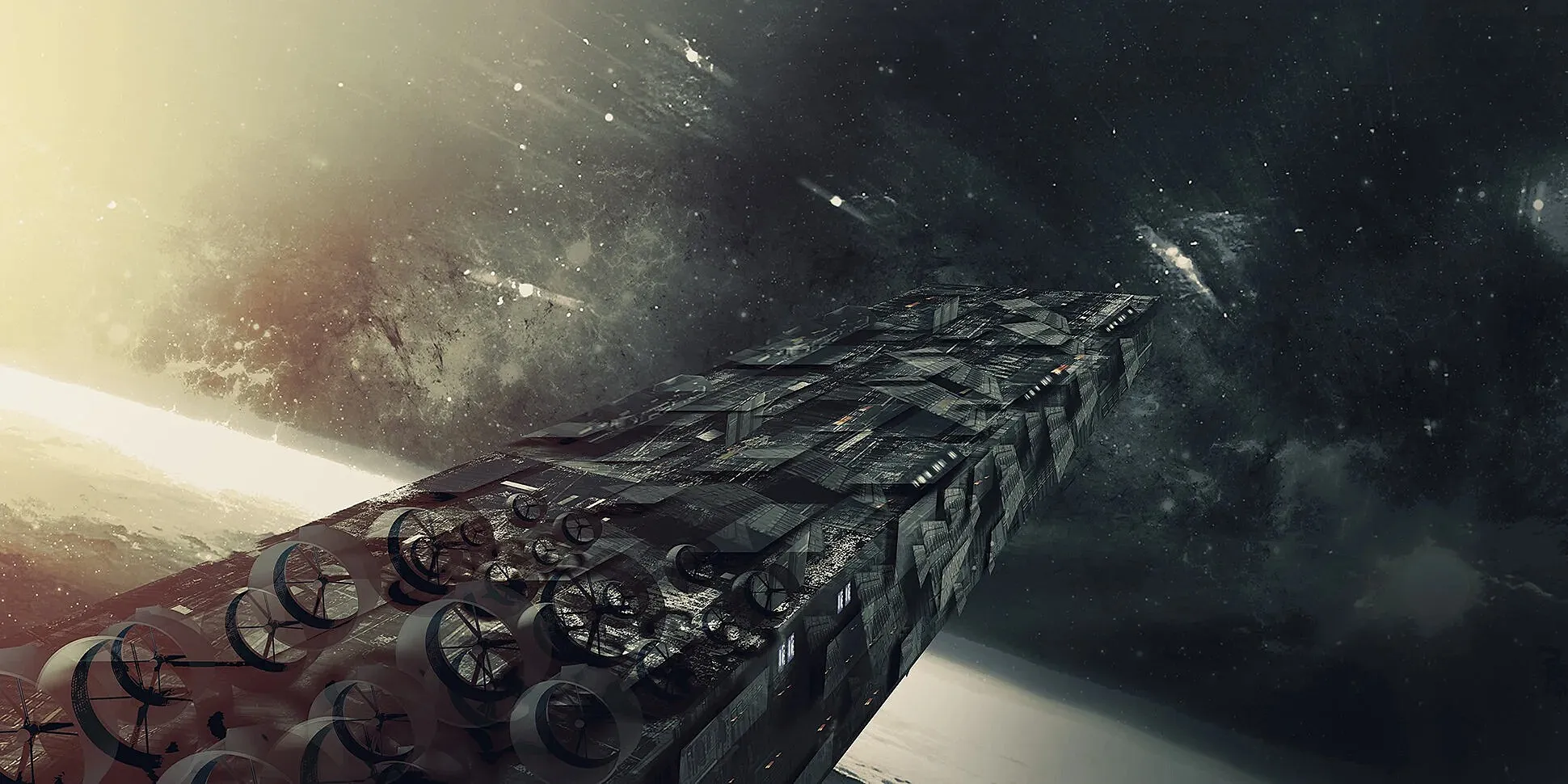
Scotucci’s approach to architecture extends beyond the aesthetic or the functional, it is a search for new systems of coexistence. His philosophy centers on sustainability, reuse, and democracy in design. For him, sustainability is not a buzzword but a living condition, one that allows buildings to adapt, evolve, and coexist with natural systems over time.
Equally important is the principle of reuse: he advocates for breathing new life into existing structures rather than erasing them. His idea of democratic design calls for spaces that are open, inclusive, and human-centered, environments that encourage participation rather than passive occupation.
Beyond his architectural practice, Scotucci develops independent projects that blend art, science, and environmental activism, each addressing urgent global challenges through poetic design interventions.
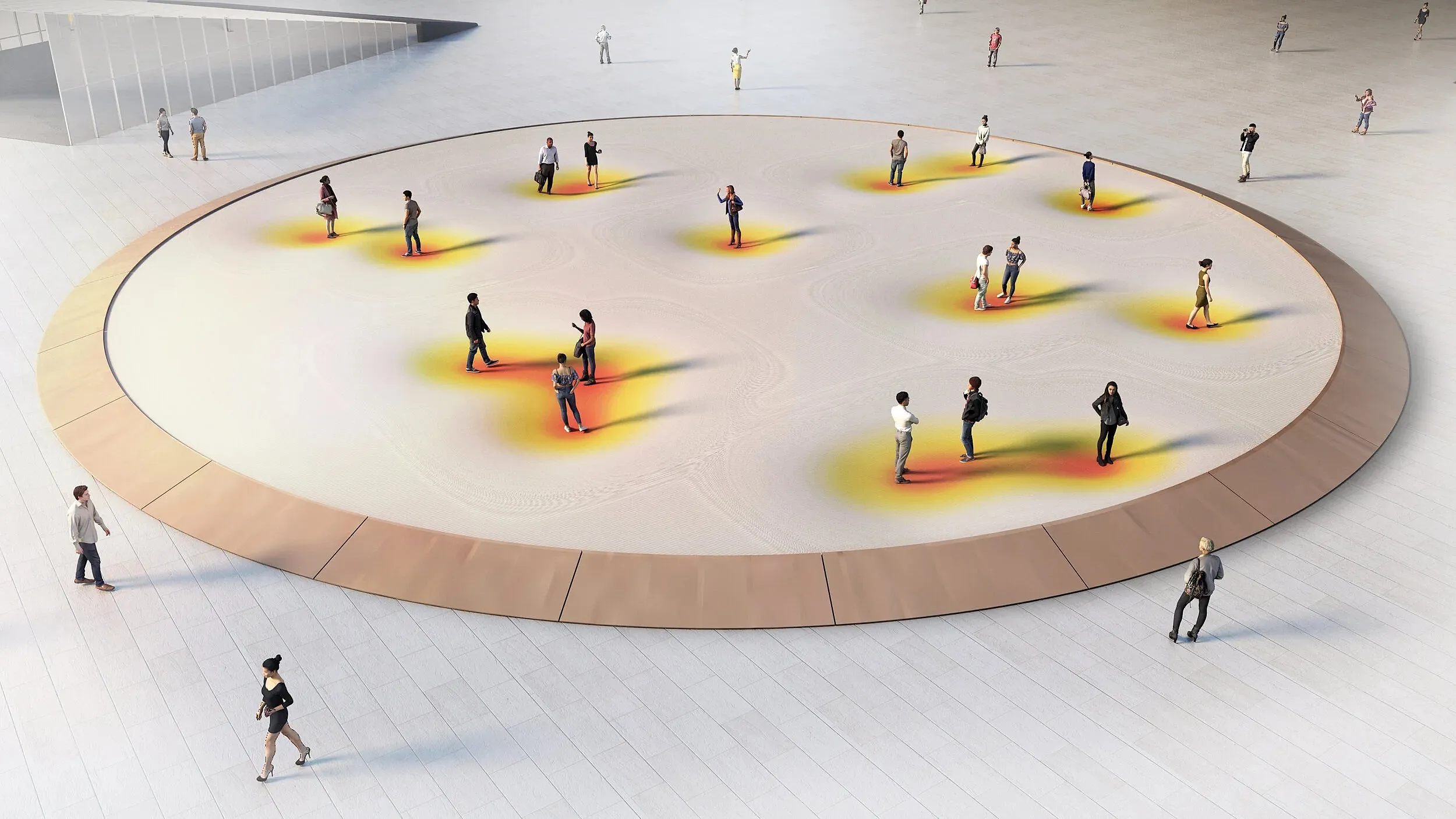
Physx, conceived during the COVID-19 pandemic, reimagines social distancing as an interactive, spatial experience. Installed at Rotterdam Central Station, the elastic surface glows when people approach, visualizing personal space dynamically, an artistic response to isolation that turns distance into a shared awareness.
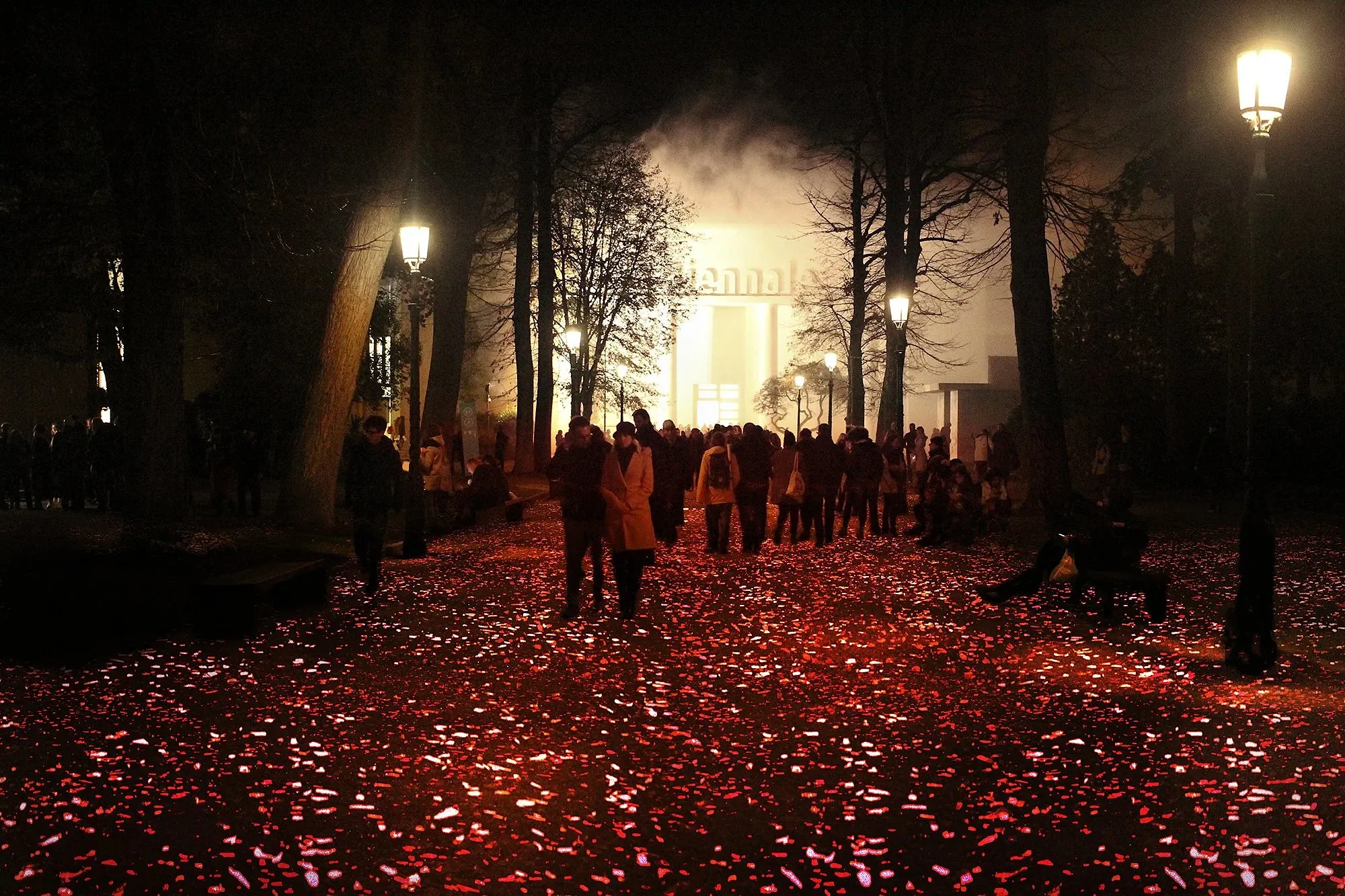
SOULS is an art installation shown in 2024 at Giardini della Biennale, a place where many nations gather and many visitors come. It aims to raise a strong message: war hurts innocent people most, especially women and children, and art has the power to bring people together and call for justice.
The work consists of glowing pebbles placed across public paths. During the day, they charge up energy from the sun. At night, they light up like candles. When lit, they create a soft, warm glow that unites nations and visitors in a shared experience of peace. Through SOULS, Scotucci emphasizes the responsibility humans have to witness what happens around the world and to stand together against war. The installation is both a symbol and a call: for peace, for justice, for human connection.
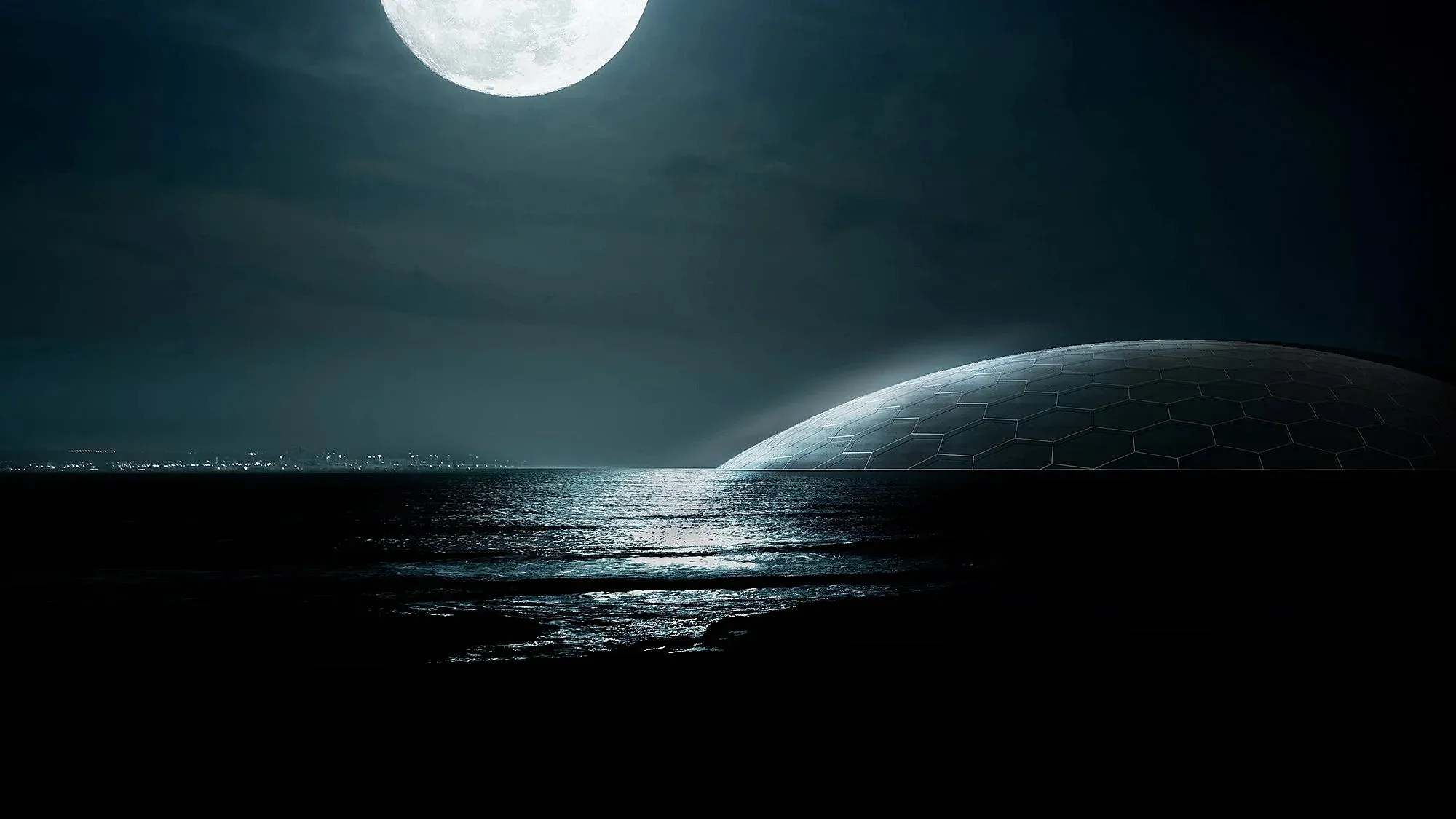
dH2Ome is an idea that thinks about solving the global water crisis. Over 70% of the Earth is ocean, but most water in oceans is too salty for drinking, farming, or everyday use. Many countries suffer from drought and a lack of clean water.
The dH2Ome proposal imagines greenhouses floating on or sunk into the ocean. These domed greenhouses use sunlight to warm up water inside. As the water evaporates, it rises and drips as fresh, clean water onto the glass above. The water then slides down by gravity into collection channels. The salty leftovers can be sold or used in other ways, creating income. This system is meant to be carbon neutral, which uses sunlight. It aims to help people who walk long distances to fetch water, especially women and children.
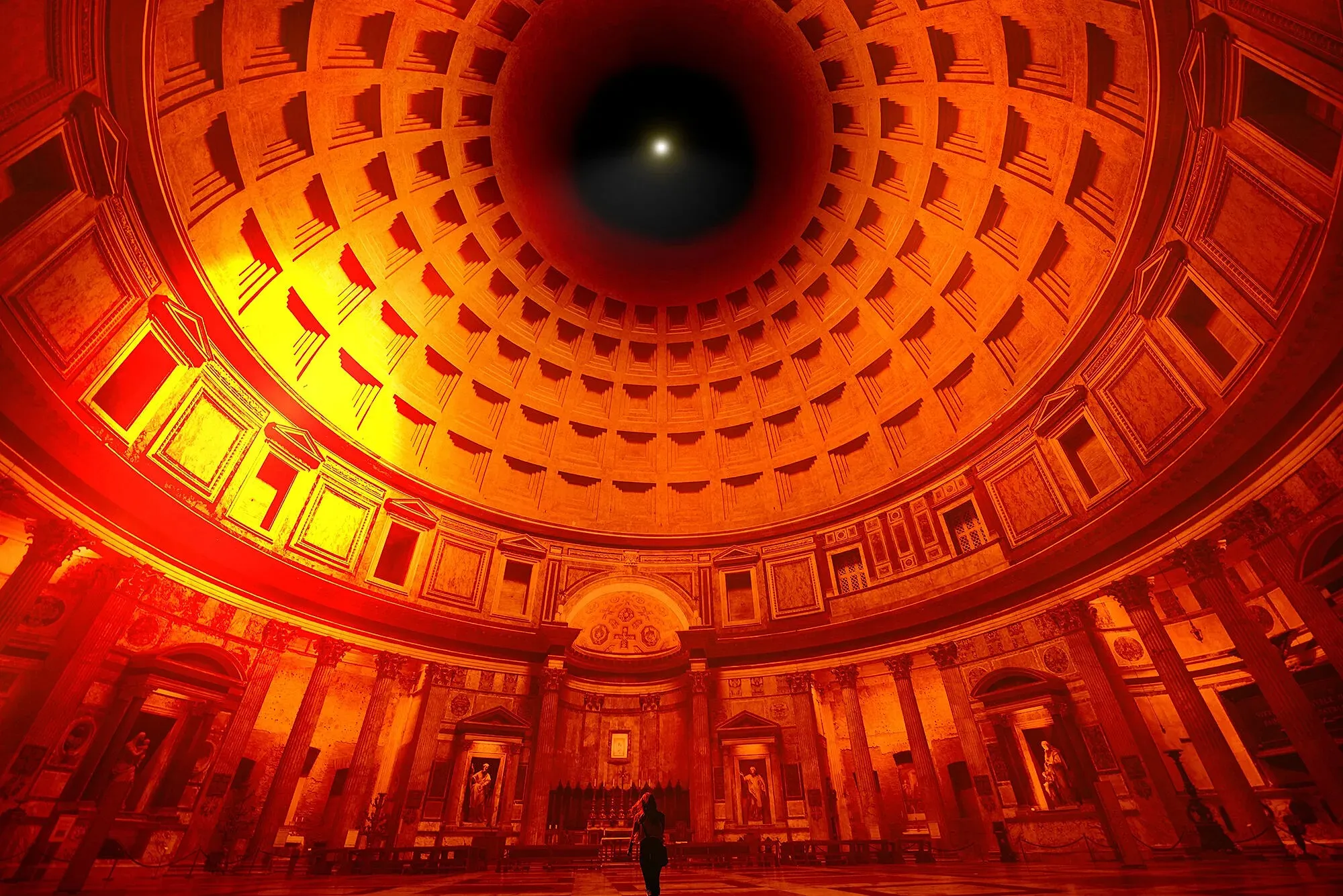
His works also include Traces, which tells stories about migration across the Mediterranean, and Glowing Core, a pavilion that uses light to show the impact of rising sea levels. Space Debris turns discarded materials into art to raise awareness about the environment. Other projects, like InsideOut in Rome’s Pantheon and Drops along the coast of Caorle, create experiences using light and reflection.
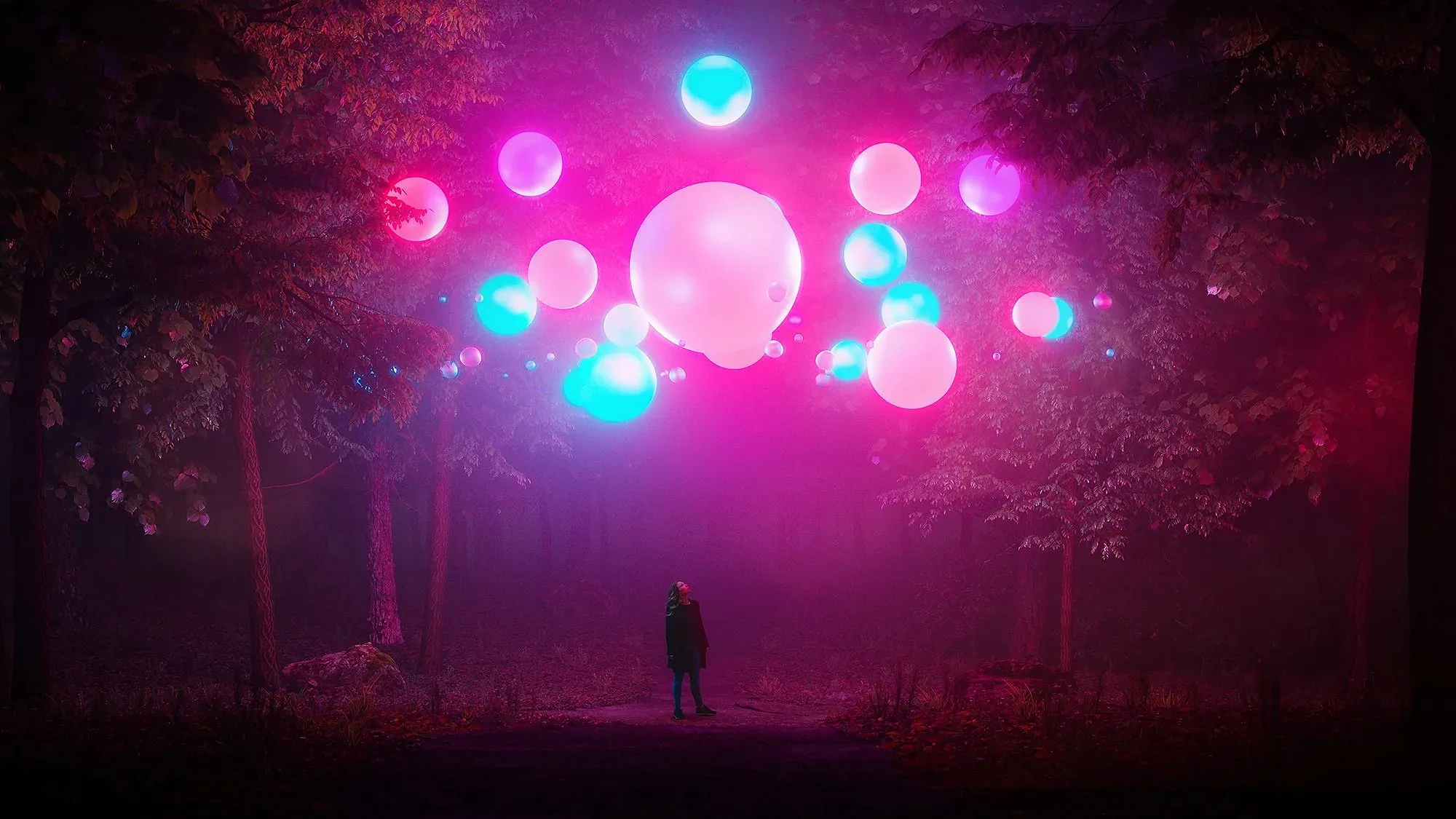
For those interested in exploring architecture in new and creative ways, Cosimo Scotucci will be leading the workshop Reverse Modeling: AI-Inspired Architecture, hosted by PAACADEMY. Scheduled for November 15–16, 2025, this hands-on workshop will guide participants through a workflow that starts with AI-generated imagery using MidJourney, moves into Rhino SubD modeling, and culminates in Krea visualization, teaching a new generation of architects to imagine, code, and craft the cities of tomorrow.
You must be logged in to comment.